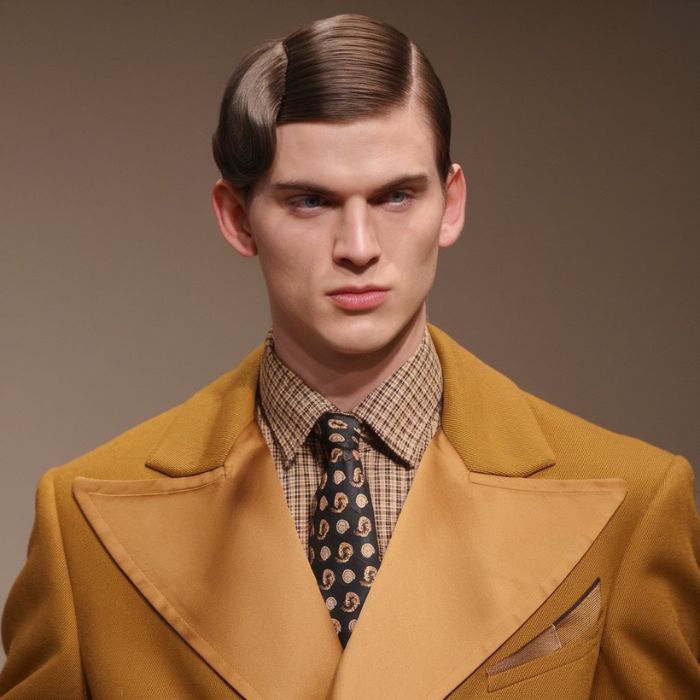The cravat, a timeless accessory, has transcended centuries of fashion, symbolizing elegance and sophistication. This piece of neckwear, often associated with nobility, has evolved from its origins in the 17th century to a modern-day statement of style. Despite the rise of ties and bow ties, the cravat remains a beloved accessory for those who appreciate a touch of classic charm. The rich history, various styles, and enduring appeal of the cravat, illustrating why it continues to captivate the fashion-conscious.
The Origins of the Cravat: A Historical Overview
The cravat’s history begins in the 17th century when Croatian mercenaries introduced it to Europe. These soldiers, serving in the French army, wore pieces of cloth around their necks, which intrigued the French aristocracy. The term “cravat” is derived from the French word “cravate,” which means “Croat,” reflecting its Croatian roots. Over time, the cravat evolved into a symbol of status and sophistication, worn by the European elite.
During the 18th century, the cravat became a staple of men’s fashion, with various styles emerging. The “Steinkirk” cravat, for example, was a loosely tied version named after the Battle of Steenkerque. As the cravat gained popularity, it became more elaborate, with men using lace, silk, and other luxurious fabrics to adorn their necks. By the 19th century, the cravat had cemented its place as an essential accessory in a gentleman’s wardrobe.
The Evolution of Cravat Styles: From Function to Fashion
As the cravat’s popularity grew, so did the variety of styles and ways to wear it. Initially, cravats were functional, protecting the neck from the cold and adding an extra layer of warmth. However, as fashion trends evolved, so did the cravat’s role, transitioning from practical accessory to fashionable statement.
One of the most notable styles was the “Regency” cravat, popular during the early 19th century. This style featured intricate folds and knots, often requiring a great deal of skill to tie correctly. Men would spend considerable time perfecting their cravat, as it was a symbol of their attention to detail and refinement. The “Ascot” cravat, another popular style, emerged in the late 19th century, characterized by its wide, formal appearance, often worn at prestigious events.
Today, cravats come in various styles, each offering a unique flair to the wearer’s outfit. The modern cravat, also known as the “day cravat,” is less formal and often worn under a shirt or blazer. Its relaxed style makes it a versatile accessory, suitable for both casual and semi-formal occasions.
The Art of Tying a Cravat: Techniques and Tips
Tying a cravat is an art form, requiring patience, precision, and a keen eye for detail. Several techniques exist, each offering a different look and feel. One of the most common methods is the “Four-in-Hand” knot, which creates a simple yet elegant appearance. This knot is ideal for beginners, as it is relatively easy to master and complements most outfits.
For a more formal look, the “Prince Albert” knot is a popular choice. This style involves wrapping the cravat around the neck twice before tying it, resulting in a fuller, more sophisticated knot. The “Ascot” knot, on the other hand, is ideal for special occasions, offering a distinguished appearance that pairs well with a waistcoat or morning coat.
When tying a cravat, it’s essential to consider the fabric and pattern of the crava, as these factors can affect the final look. Silk cravats, for example, are smoother and more luxurious, while cotton or linen cravats offer a more textured, casual appearance. Additionally, it’s important to ensure that the crava is tied snugly around the neck without being too tight, as this can affect both comfort and style.
Cravat in Modern Fashion: A Symbol of Individuality
In today’s fashion world, the cravat is no longer just a symbol of status; it’s a statement of individuality. With the rise of casual fashion, the cravat has found a new place in the wardrobes of those who appreciate a unique and sophisticated look. Whether worn with a suit, a blazer, or even a casual shirt, the crava adds a touch of elegance that sets the wearer apart.
Modern designers have embraced the crava, incorporating it into their collections as a nod to classic fashion. Celebrities and fashion influencers have also played a role in the cravat’s resurgence, showcasing its versatility on red carpets and in everyday attire. The crava ability to bridge the gap between formal and casual fashion makes it a popular choice for those looking to make a statement.
Moreover, the cravat has become a symbol of nonconformity, appealing to those who prefer to stand out rather than blend in. In a world where ties and bow ties dominate formal wear, the cravat offers a refreshing alternative. It allows individuals to express their personality and style in a way that is both timeless and modern.
Conclusion
The cravat, with its rich history and enduring appeal, remains a beloved accessory in the world of fashion. From its origins as a functional piece of neckwear to its status as a symbol of individuality, the crava has proven its ability to evolve with the times. Today, it continues to captivate those who appreciate elegance, sophistication, and a touch of classic charm. Whether worn at formal events or as part of a casual outfit, the crava remains a timeless piece that adds a unique flair to any ensemble. As fashion trends come and go, the crava stands as a testament to the enduring power of tradition and style.











